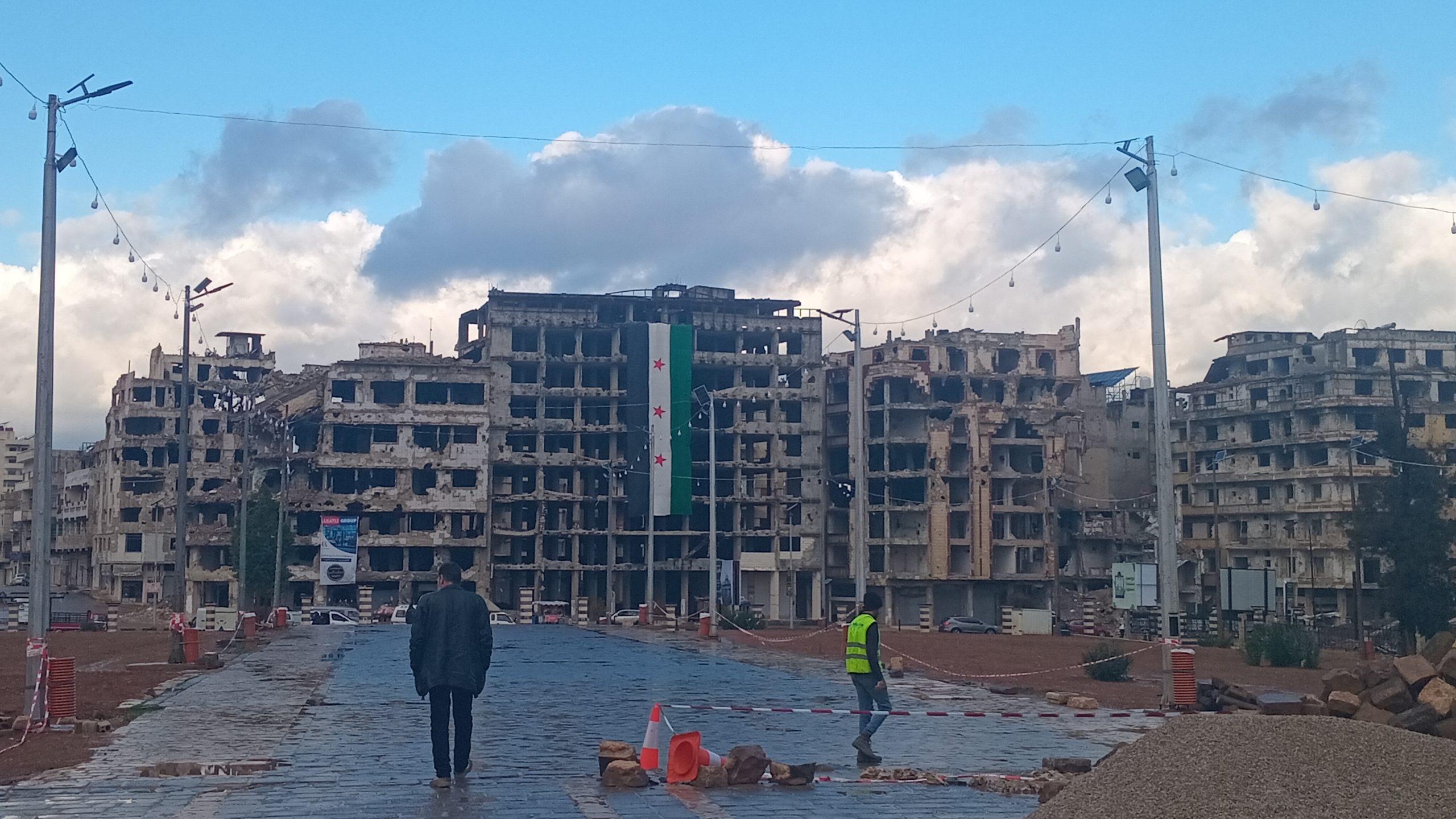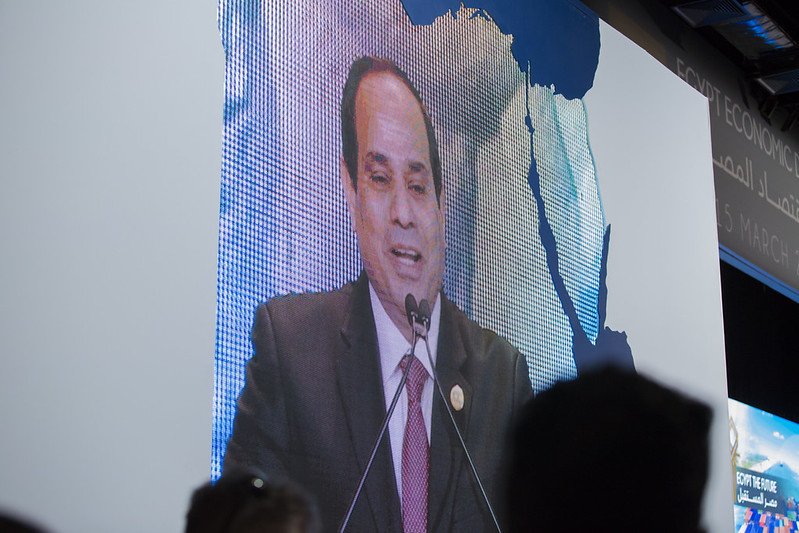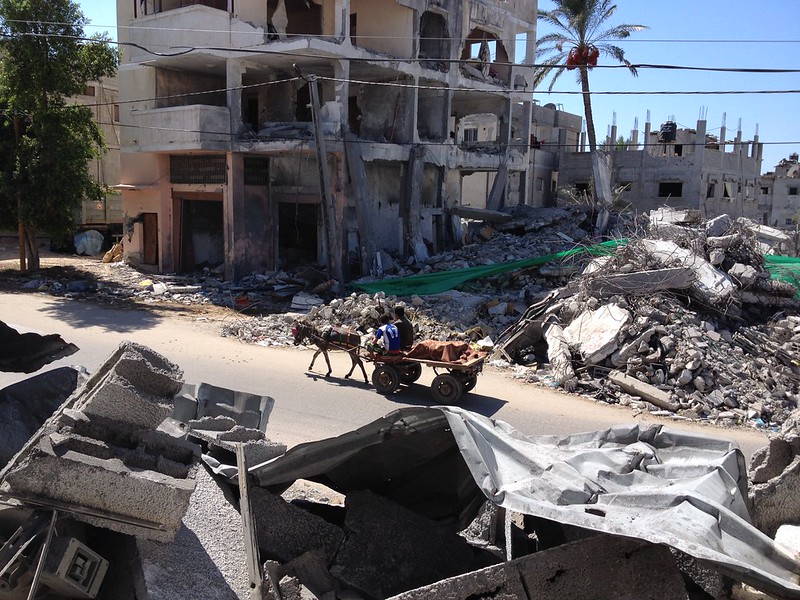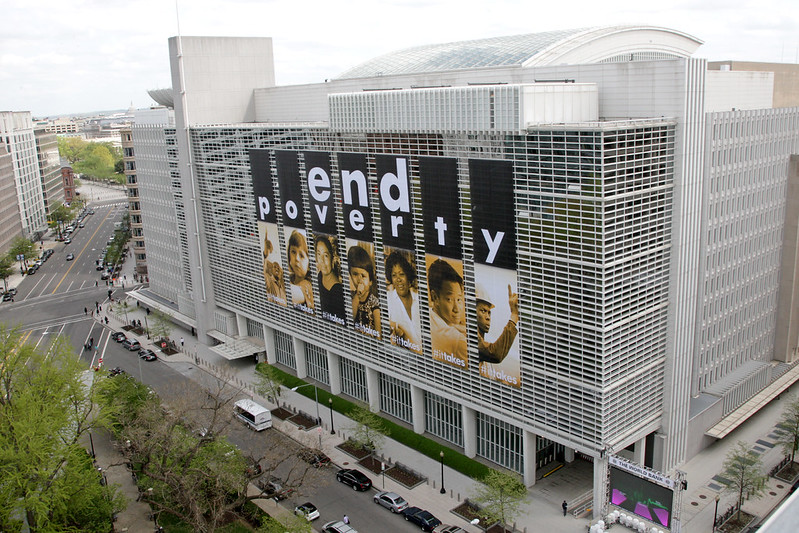Noria Research is an independent research center dedicated to the production, promotion and dissemination of field research in international politics
Call for grants
The call for applications for the 2025-2026 grants is now open!
Our Research Programs
Latest publications
-

Middle East & North Africa
From al-Assad to al-Shara’a: Technocratic and Banking Networks Behind Syria’s Financialization
-

Middle East & North Africa
Temporalities of Crisis: Egypt Today and Tomorrow
-

Africas
Archives et éthique de la recherche en histoire de l’Afrique : retour d’expériences sur différents terrains ouest-africains
-

Middle East & North Africa
Gaza’s Reconstruction and the Settler-Colonial Logic of Elimination
-

Middle East & North Africa
The Debts Haunting the Future of the Global South
Join the team
Researcher or student ?
Take part in our activities and programs
Write for us
Publish your research
